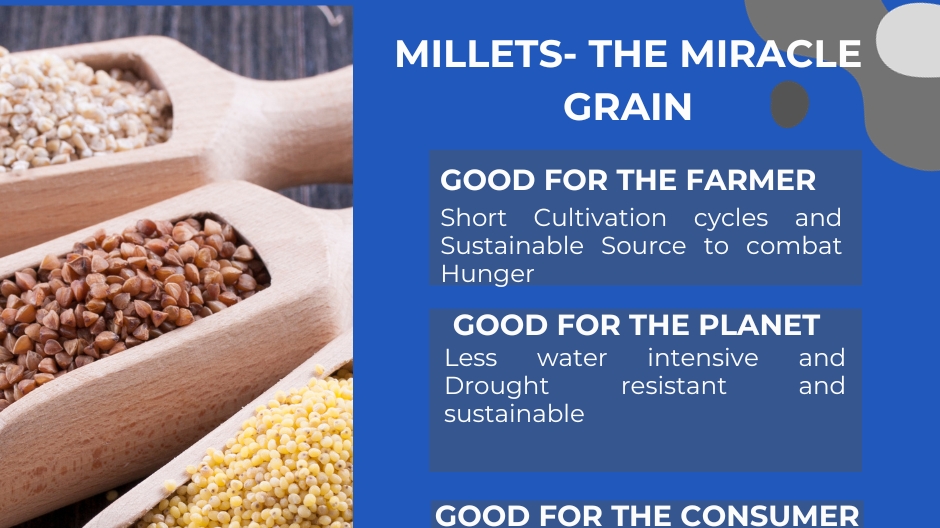
Millets, a group of ancient grains, have been a staple in human diets for thousands of years and are known for their significant health benefits. Dr. Karthiyayini Mahadevan, Head of Wellness and Wellbeing at Columbia Pacific Communities, emphasizes the importance of incorporating millets into the daily diet for overall health. Millets are energy-dense, nutrient-rich grains that require minimal effort, pesticides, and fertilizers to grow. They have been traditionally cultivated in various geographical regions and are divided into big millets and small millets.
The Decline and Resurgence of Millets
In India, millets were widely cultivated until the last 50 years. The Green Revolution led to a shift in food habits, resulting in lifestyle diseases like diabetes mellitus. However, the resurgence of millets in modern diets has brought attention to their nutritional advantages and their potential to fight lifestyle diseases.
Nutritional Value of Millets
Millets are rich in antioxidants and have been introduced in school meal schemes to provide proper nutrition to children. They are a rich source of nutrients such as fiber, protein, iron, calcium, and vitamins. These grains have proven to be effective in managing diabetes, promoting heart health, and aiding weight management. They are considered a healthy alternative to rice and wheat due to their high nutritional content and health benefits.
Millets and Environmental Sustainability
As the global population grows and agricultural land diminishes, millets are seen as a sustainable and essential solution to meet the food demand. They thrive in diverse climates and require less water and carbon footprint compared to other grains. This resilience to climate change and lower environmental impact makes them a sustainable choice in today’s agriculture and food systems.
Success Stories of Growing Millets
Several farmers have benefited from growing millets. Their low requirement for water and fertilizers, coupled with their resilience to harsh climates, makes them an excellent crop choice for farmers, especially those in drought-prone regions.
Maximizing the Health Benefits of Millets
Despite their numerous health benefits, it is important to consume millets individually rather than as a mix of grains. This is because each variety of millet has its unique nutrient profile, and consuming them individually allows one to maximize their health benefits.
In conclusion, millets are not just a powerhouse of nutrition but also a beacon of hope for environmental sustainability. Their resurgence in modern diets is a testament to their undoubted health benefits and their potential to meet the growing food demand in a sustainable way. So, next time when you plan your meals, don’t forget to include these super grains!
